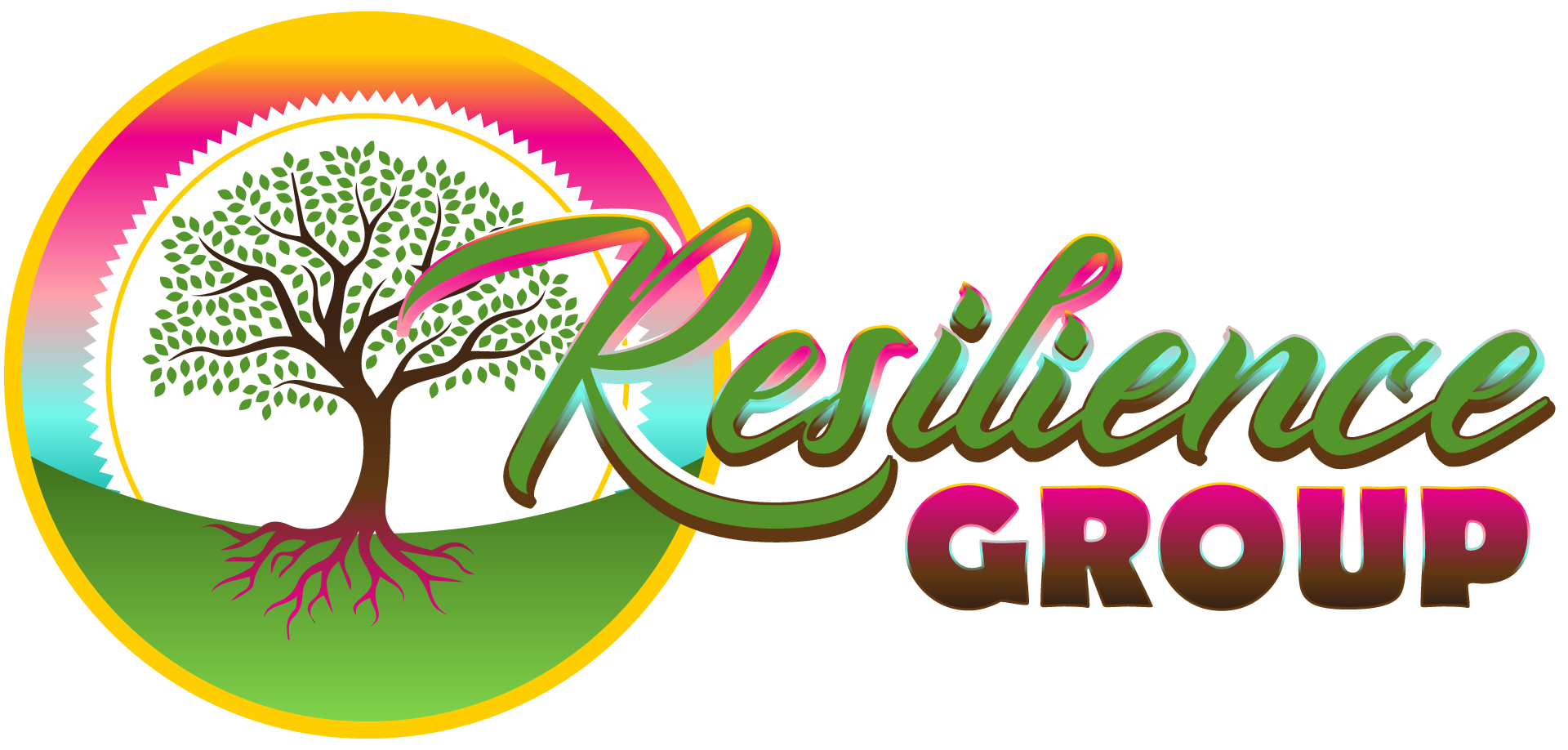Approaches & Techniques
Cognitive Behavioral Therapy (CBT)
Cognitive Behavioral Therapy (CBT) is a structured, time-limited, and goal-oriented form of psychotherapy that focuses on identifying and modifying negative patterns of thinking (cognitions) and behavior that contribute to emotional distress and psychological problems. CBT is based on the concept that our thoughts, feelings, and behaviors are interconnected, and by changing dysfunctional thinking patterns, individuals can improve their emotional responses and engage in healthier behaviors. CBT is commonly used to treat a variety of mental health conditions, including depression, anxiety disorders, PTSD, OCD, and eating disorders.
Key Components:
-
Cognitive Restructuring:
- The core principle of CBT involves helping clients identify and challenge negative or irrational thoughts (cognitive distortions) and replace them with more balanced, realistic thinking. This process is known as cognitive restructuring or cognitive reframing.
- Common cognitive distortions include all-or-nothing thinking, catastrophizing, overgeneralization, and personalization.
-
Behavioral Techniques:
- CBT also focuses on changing maladaptive behaviors through strategies such as behavioral activation, exposure therapy, reinforcement, and skill-building. Clients may be encouraged to engage in positive activities or face feared situations gradually (exposure) to reduce anxiety and improve coping.
-
Problem-Solving:
- CBT encourages individuals to develop more effective problem-solving skills by breaking down issues into smaller, manageable parts and addressing them systematically. This approach helps individuals feel more in control and empowered in dealing with challenges.
-
Goal Setting:
- CBT is typically structured around specific, measurable goals that the client and therapist work together to set. The progress toward these goals is regularly reviewed, providing a clear path for treatment and improvement.
-
Self-Monitoring:
- Clients often keep track of their thoughts, feelings, and behaviors in a diary or journal. This process of self-monitoring helps increase self-awareness, identify patterns, and recognize areas where cognitive or behavioral changes are needed.
Common Techniques Used in CBT:
-
Thought Records:
- Clients record their automatic thoughts, emotional responses, and alternative, more balanced thoughts. This helps them recognize negative patterns and practice new, healthier ways of thinking.
-
Cognitive Restructuring:
- Challenging and changing irrational or unhelpful thoughts by evaluating evidence for and against them and creating more realistic, adaptive thoughts.
-
Exposure Therapy:
- Gradual, controlled exposure to feared situations, objects, or thoughts to reduce anxiety through habituation and cognitive reframing.
-
Activity Scheduling:
- Encouraging clients to plan and engage in positive, reinforcing activities to combat depression, build self-esteem, and increase overall well-being.
-
Graded Exposure:
- A technique often used for phobias and anxiety disorders, where clients gradually face feared situations starting from least to most anxiety-provoking, helping them build confidence and reduce avoidance behaviors.
-
Relaxation Training:
- Techniques such as deep breathing, progressive muscle relaxation, or mindfulness may be used to help reduce physical tension and anxiety.
Applications of CBT:
-
Depression:
- CBT helps individuals identify and challenge negative thought patterns, such as feelings of worthlessness or hopelessness, that contribute to depressive symptoms. It also encourages engagement in positive activities to counteract the effects of depression.
-
Anxiety Disorders:
- CBT is highly effective for treating anxiety-related disorders, including generalized anxiety disorder, panic disorder, social anxiety disorder, and specific phobias. It helps clients challenge catastrophic thoughts, reduce avoidance behaviors, and confront feared situations.
-
Obsessive-Compulsive Disorder (OCD):
- CBT, particularly exposure and response prevention (ERP), is used to help individuals with OCD gradually confront obsessive thoughts and resist the compulsive behaviors that they feel compelled to perform.
-
Post-Traumatic Stress Disorder (PTSD):
- CBT is widely used to treat PTSD by helping individuals process and reframe traumatic memories, reduce distressing symptoms, and develop healthier coping strategies.
-
Eating Disorders:
- CBT addresses unhelpful thoughts and behaviors related to food, body image, and self-esteem in individuals with eating disorders like anorexia nervosa, bulimia nervosa, and binge-eating disorder.
-
Substance Use Disorders:
- CBT helps individuals identify triggers and negative thinking patterns related to substance use and develop healthier coping mechanisms and strategies to prevent relapse.
Effectiveness:
-
Evidence-Based:
CBT is one of the most well-researched forms of psychotherapy, with extensive evidence supporting its effectiveness for a wide range of mental health conditions. -
Short-Term and Structured:
CBT is typically a short-term, goal-oriented therapy that can be delivered in a relatively limited number of sessions, often between 6 to 20 sessions, making it highly practical for individuals seeking effective, time-limited treatment. -
Collaborative:
The therapeutic relationship in CBT is highly collaborative. The therapist and client work together as a team to identify problems, set goals, and monitor progress. This fosters a sense of empowerment and active involvement in the healing process.
Conclusion:
Cognitive Behavioral Therapy (CBT) is a widely used and effective therapeutic approach that helps individuals identify and change negative thought patterns and behaviors that contribute to emotional distress and mental health disorders. Through structured techniques like cognitive restructuring, exposure, and behavioral activation, CBT equips individuals with practical skills to manage and overcome challenges, leading to improved mental health and functioning. Its evidence-based nature and focus on active participation make it a highly effective treatment for a variety of psychological conditions.

Effectiveness:
-
Evidence-Based:
CBT is one of the most well-researched forms of psychotherapy, with extensive evidence supporting its effectiveness for a wide range of mental health conditions. -
Short-Term and Structured:
CBT is typically a short-term, goal-oriented therapy that can be delivered in a relatively limited number of sessions, often between 6 to 20 sessions, making it highly practical for individuals seeking effective, time-limited treatment. -
Collaborative:
The therapeutic relationship in CBT is highly collaborative. The therapist and client work together as a team to identify problems, set goals, and monitor progress. This fosters a sense of empowerment and active involvement in the healing process.
Conclusion:
Cognitive Behavioral Therapy (CBT) is a widely used and effective therapeutic approach that helps individuals identify and change negative thought patterns and behaviors that contribute to emotional distress and mental health disorders. Through structured techniques like cognitive restructuring, exposure, and behavioral activation, CBT equips individuals with practical skills to manage and overcome challenges, leading to improved mental health and functioning. Its evidence-based nature and focus on active participation make it a highly effective treatment for a variety of psychological conditions.
Contact
(435) 313-8533
Location:
Resilience Group
Saint George, UT 84770
In-person and telemedicine available
